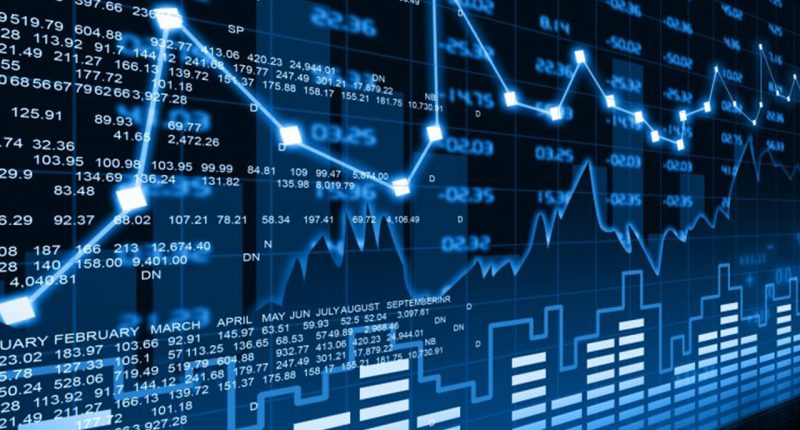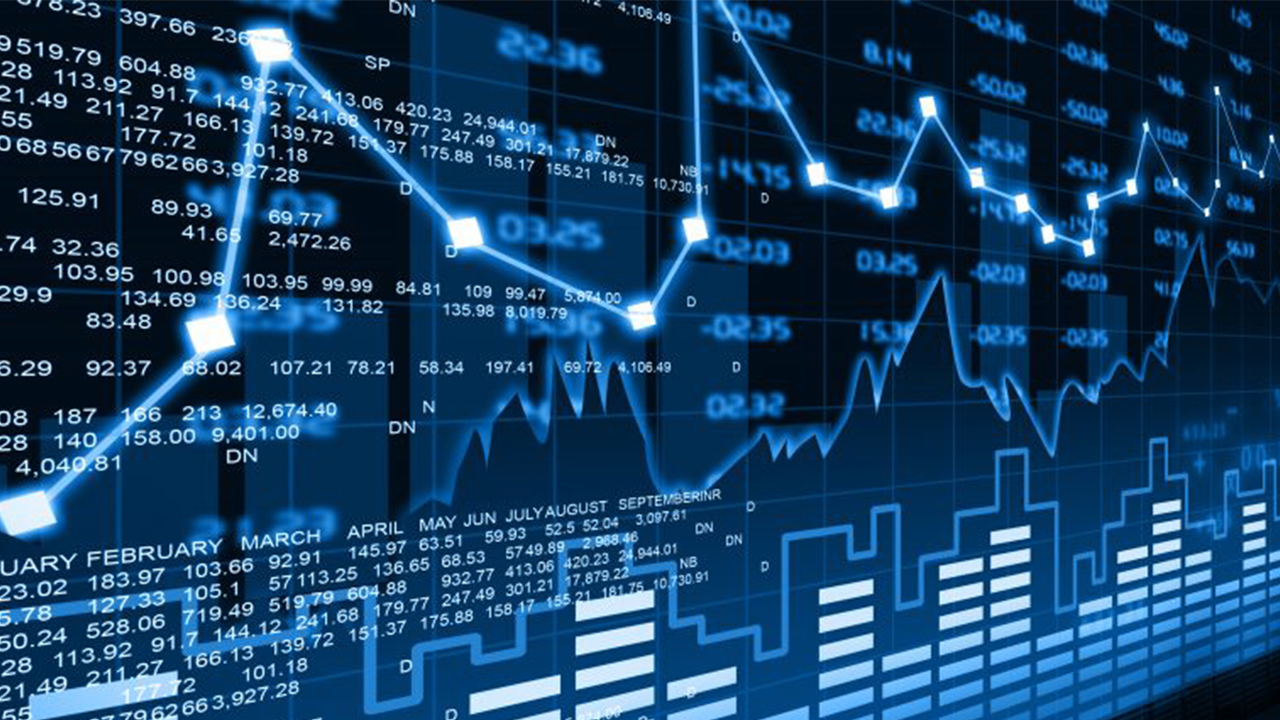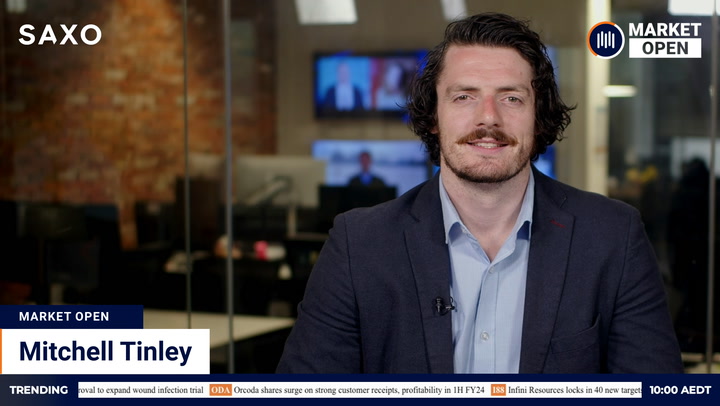Aussie shares face early pressure after a spike in borrowing rates drove US growth stocks sharply lower.
ASX futures eased 38 points or 0.56 per cent, signalling another reversal in a see-saw week. The index has not managed back-to-back gains since mid-February.
US stocks fell as a spike in bond yields pressured tech stocks and bond surrogates. Gold slumped towards a nine-month low. Oil caught an uplift from reports of a stay on production increases. Iron ore inched higher. Copper declined. The dollar fell below 78 US cents.
Wall Street
The Nasdaq Composite led a sharp retreat in companies that depend most on low interest rates to fund growth, following a surge in US treasury yields. The ten-year yield jumped more than eight basis points overnight to 1.49 per cent.
“Interest rates just won’t cut a break for this market,” Jim Cramer said on CNBC.
The Nasdaq Composite dived 361 points or 2.7 per cent, led by declines in tech heavyweights Alphabet, Amazon and Microsoft. Gains in cyclical stocks with better exposure to an economic recovery helped limit the Dow Jones Industrial Average‘s loss to 121 points or 0.39 per cent. The S&P 500, broadest of the three, fell 51 points or 1.31 per cent.
Until last night, a retreat from last week’s yield peak at 1.61 per cent seemed to have allowed Wall Street to recover its footing. The mood soured as yields once again neared the red line of 1.5 per cent.
“There is a definite headwind for equity markets if yields go above the 1.5% level,” Michael Stritch, chief investment officer at BMO Wealth Management, told Reuters.
The rise in borrowing rates has created a sharply bifurcated market. The growth stocks that drove the recovery from the pandemic lows have suffered, while cyclical value stocks have mostly weathered the yield storm. Overnight, the Russell 1000 Value Index finished near flat, while the Growth Index slumped almost 2.6 per cent.
Recovery prospects outperformed. The S&P 500 Airlines Industry Index climbed 0.9 per cent. Cruise companies Carnival and Norwegian gained 3.7 and 6.3 per cent, respectively. On the Dow, Boeing climbed 2.4 per cent.
Disappointing economic data added to the down-pressures. Private companies made just 117,000 new hires last month, barely half the 225,000 expected by economists. A separate report showed growth in the services sector faded to 55.3 per cent last month, also well short of Dow Jones estimates.
“The labor market continues to post a sluggish recovery across the board,” Nela Richardson, chief economist at ADP, wrote. “We’re seeing large-sized companies increasingly feeling the effects of COVID-19, while job growth in the goods producing sector pauses.”
The dour data helped erase a surge in US futures during Australian trading hours yesterday after President Joe Biden said there would be enough vaccines to inoculate every American two months ahead of schedule. Debate on Biden’s coronavirus relief package was due to begin in the Senate this morning.
Australian outlook
US action points to a divided market: cyclicals up, growth and bond proxies down. US energy stocks gained 1.4 per cent, financials 0.8 per cent and industrials 0.1 per cent. The three sectors dominated by Big Tech – technology, consumer discretionary and communication services – fell hardest, losing 1.6 – 2.5 per cent. The materials sector slipped 1 per cent.
The S&P/ASX 200 rallied 56 points or 0.82 per cent yesterday, but remains at the mercy of ructions on the broader financial spectrum. If Australian yields follow the US – and they surely will – then there will be down-pressure on the same victims of the US rout. That is, borrowing-dependent tech stocks and companies that provide an attractive alternative when bond yields are low. Real estate, health and utilities were all weak in the US.
The local market got a welcome leg up from yesterday’s impressive GDP number. Retail sales and trade data, due today, are unlikely to have the same impact, but could help cushion any extreme moves.
The dollar felt the heat from a rotation back to the relative safety of the greenback, falling 0.5 per cent to 77.84 US cents.
Commodities
Oil was the night’s standout in the commodities space, mounting a sharp rebound following reports the Organization of the Petroleum Exporting Countries and allies may preserve current production caps. Reuters made the claim, citing three OPEC+ sources. The prospect distracted investors from a sharp jump in US stockpiles. Brent crude settled $1.37 or 2.2 per cent higher at US$64.07 a barrel.
Gold skidded to its weakest close in almost nine months, squeezed by a rising greenback and the increasing appeal of treasury yields. Gold for April delivery settled $17.80 or 1 per cent lower at US$1,715.80 an ounce. The NYSE Arca Gold Bugs Index dropped 2.1 per cent.
Iron ore continued to creep towards the US$180 a tonne level. The spot price for ore landed in China rose $1.90 or 1.1 per cent to US$177.45 a tonne. Copper declined 1.9 per cent to US$4.142 a pound.
A wobbly night for Australia’s mining giants saw Rio Tinto shed 0.57 per cent in the US and 0.02 per cent in the UK, while BHP eased 0.13 per cent in the UK, but rallied 1.11 per cent in the US.







